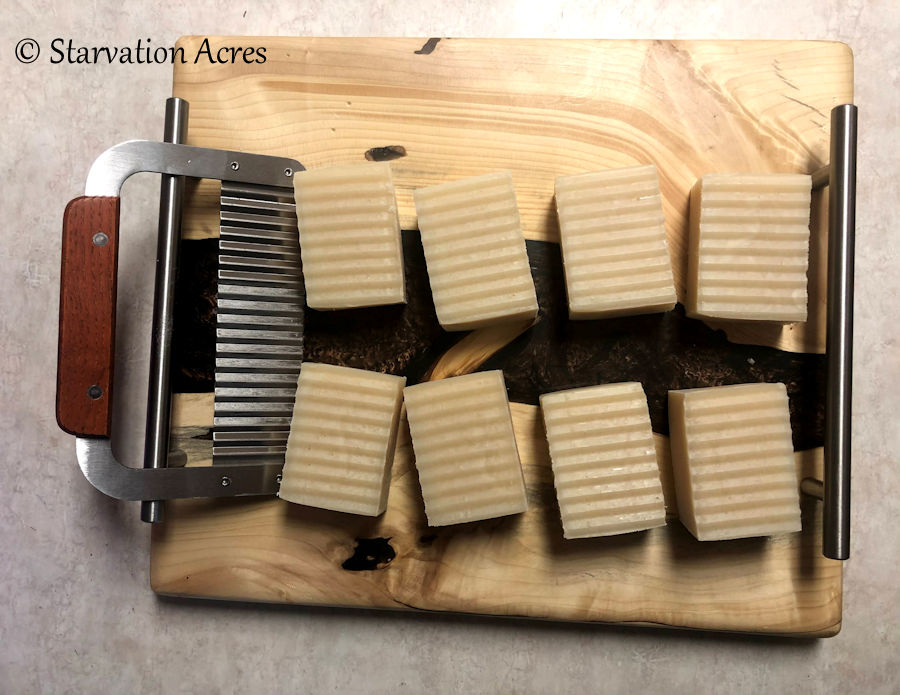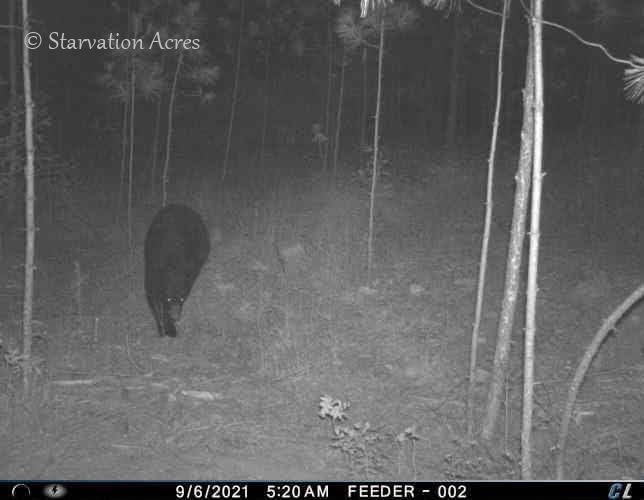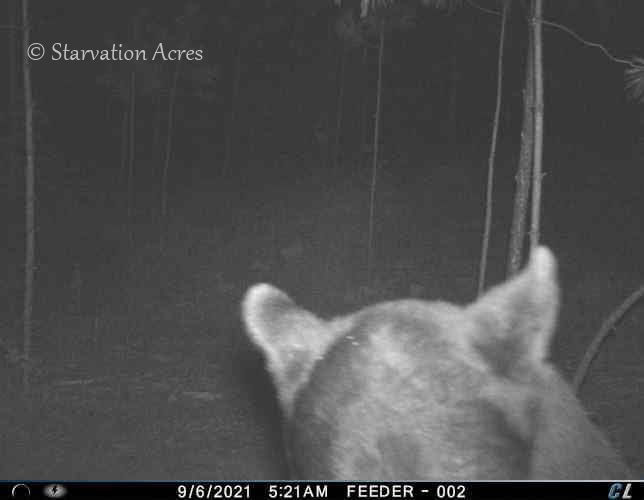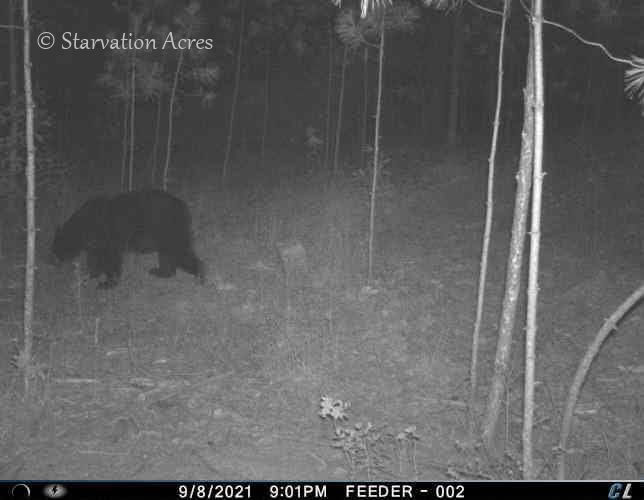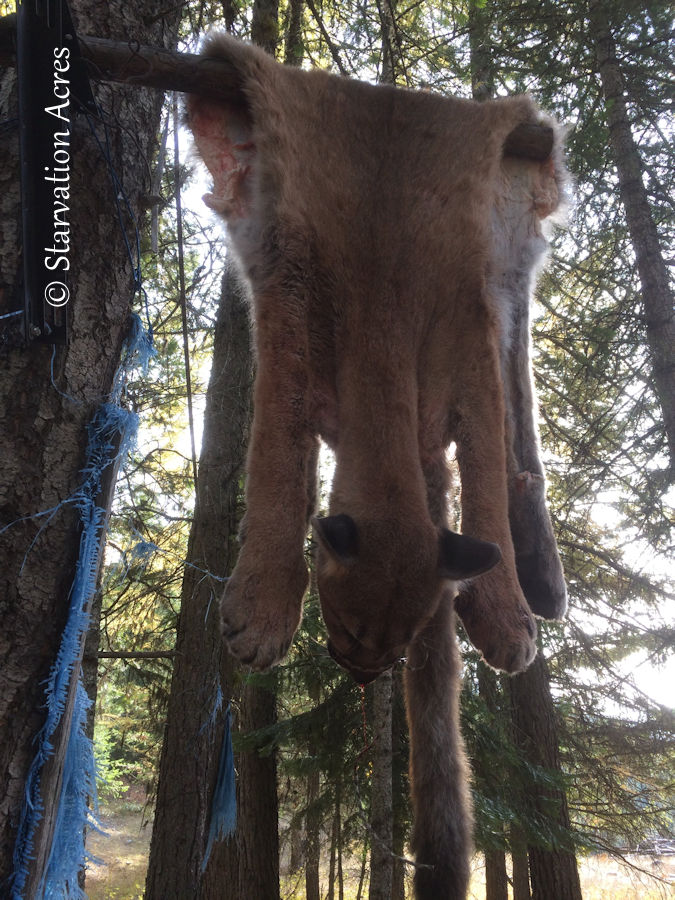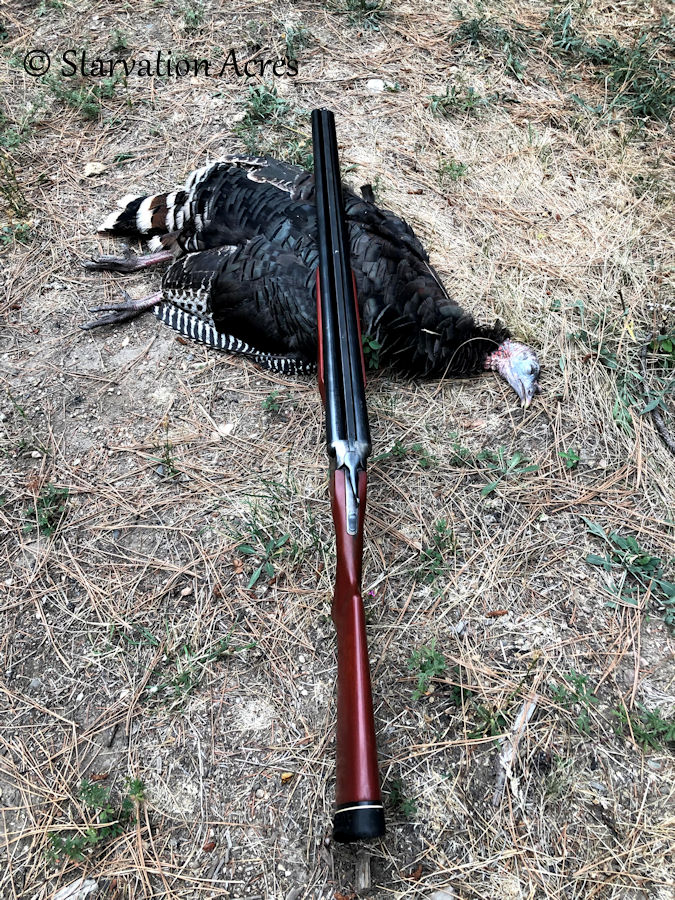Bear hunting can be difficult and frustrating when you’re not forced to deal with smoke and public land closures due to multiple wildfires. We’ve had plenty of those additional frustrations in Eastern Washington State this year! Add those to the usual complications of hunting, and not everyone will take the effort to take their gun for a walk in the forest. Some will…
The scenery in the Selkirk Mountains is incredible! We spent 11 days exploring, hiking to find food sources, and hunting for bears here. It was disappointing to find so little fresh sign, actually none, after so much effort. Then a part of the Blue Mountains which had been closed, 200 miles to the South, opened up to the public. The game was afoot!
While the Selkirks were new ground for us. The Blue Mountains are an old friend…
We rendezvoused at our customary “bear camp” and spent the afternoon setting up camp and doing some minor scouting for sign. To our surprise, an area where only the year before we had to be careful not to step in bear skat, there was no fresh skat to be found. Bear tracks are normally nonexistent without bare mud or dust to step in with those soft soled feet, so it was no surprise that we found none. In short; there was no obvious sign of any kind close to our camp.
After a night of sleeping in this enchanted forest, I snuck into my hunting spot before sunrise and made myself a comfortable spot to sit and lean back on a tree. With my electronic caller a dozen yards down the hill, rifle on my lap, I sat for 30 minutes or longer while all that I stirred up returned to normal. Then I called. Quietly at first.
There is something quite special about sitting alone and trying to lure a large predator toward one’s self. Posing as their food… This is a very different feeling than hunting for a prey animal like rabbits or deer. But it’s not always comfortable.
After a couple of hours, I took a walk to get the blood circulating and to warm myself in the sun. I walked to a place where I knew my phone would work and send a couple of text messages to friends. Then I quietly headed back for some more calling. Right after I passed through a stand of trees and into a meadow, I saw him. A color-phase black bear the color of chocolate. He was walking directly toward me and was shaking his head as if to say ‘no’. Something was probably biting his ears or flying into his eyes. If not for the head shaking, he might have seen me first and I’d only have seen a brown blur as he dashed for the treeline. I took a knee and drew back the hammer.
One shot from my lever action rifle and the hunt was done. My bear was a color-phase, chocolate, black bear, boar. Boar meaning I killed a male bear. After taking some photos and tagging him, the real work began. Field dressing, quartering, and packing him out in pieces is far more work than sneaking around the mountains with a backpack and rifle. The animal needs to be cooled down quickly and taken to be processed.
But what does one do with a bear? We make grease for cooking and soap making, tan the hide for a trophy, and eat all of that delicious meat.
What of those bears we couldn’t find in the Selkirk Mountains? Just as if they knew I’d killed a bear far away, one of them appeared on my trail cameras only a couple of days later. It’s a decent size, probably under 300# and apparently a boar. He was there for at least an hour before vanishing. Then he returned 3 days later. What he doesn’t know is that I am allowed to take 2 bears per season. I may get a chance at this bear later in the season.
So, what does a bear hunter do after getting a bear? They scout for sign, hunt turkeys, bobcats, or cougar, and are always watching for that second bear.









